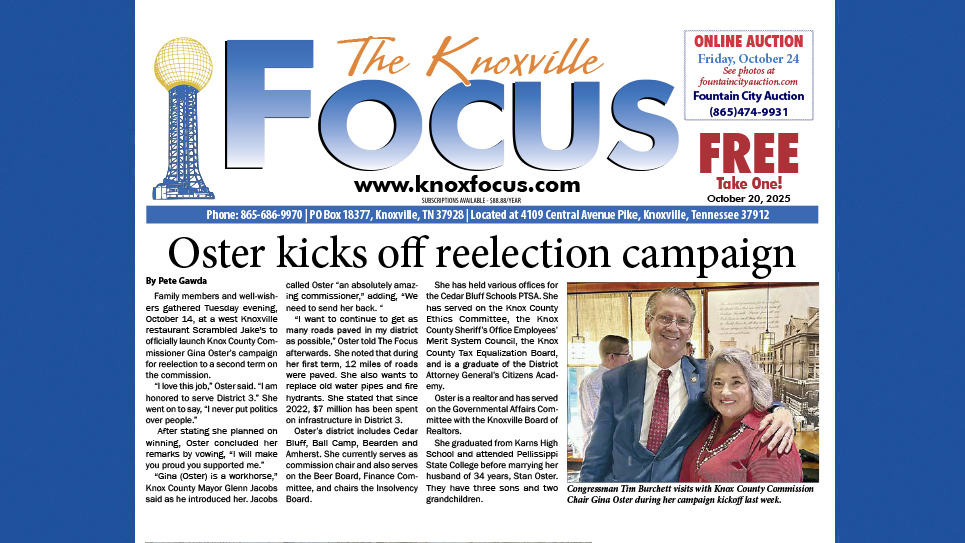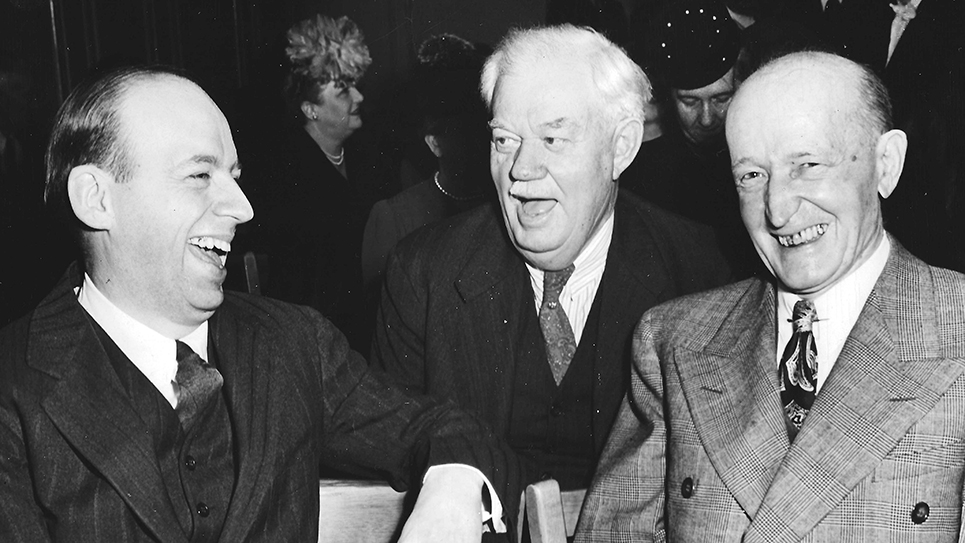Spring seems tantalizingly close, even though it’s cold and rainy today. By this time of the year most of us are sick of winter, and any “backsliding” of spring is unacceptable. We even give the cold-snaps of spring colorful names like redbud or dogwood winter. Last year my fruit trees suffered mightily when a late frost killed the delicate flowers. I hope that if Jack Frost rears his sorry head this year it’ll be somewhere north of the Mason Dixon line.
We don’t have the “noble white” flower called edelweiss in Knoxville. This hearty and cold resistant alpine flower was made internationally famous by Captain von Trapp in The Sound of Music. Our crocus is likewise resistant to the cold of spring, and it is prettier than the delicate edelweiss. I especially like the juxtaposed purple crocus flowers against the green foliage of spring. I’m also partial to Lenten roses and daffodils, the latter immortalized by Wordsworth’s poem of the same name. I used to think of spring’s arrival when forsythia’s yellow flowers appeared. But I no longer trust these schizophrenic flowers because they can pop out almost any time of the year.
Pollen is one consequence of spring I deal with personally and professionally. I have hay fever which is a generic term indicating allergic rhinitis. Some people have sensitivities to foreign animal and plant proteins that we label as allergy. In allergic folks, the mucous membranes of the nasal passages and eyes become infiltrated by cells coated with antibodies to pollen. And when the foreign proteins come in contact with the antibody, cellular changes release the chemical histamine. Histamine produces the runny nose and mucosal swelling and nasal congestion, as well as sneezing and itching of the eyes. The lower respiratory tract can be affected producing coughing and asthma, as I discussed in a Focus essay several weeks ago.
The treatment is obvious: avoid pollen! However, this is impossible in Knoxville. Each spring the yellow dust of pollen covers our car hoods. Nature is profligate, and pollen is its agent of reproduction. One option for an allergic person is to move to Arizona! There is less water and fewer growing things there. However, this seems draconian and may not work because you may trade one set of allergens for another.
Anti-histamines help by blocking the effects of histamine. Benadryl is a readily available anti-histamine, but it causes drowsiness and even confusion in the elderly. And its side effects impair driving responses comparable to using alcohol. Safer anti-histamines like Allegra are now available as generics and are preferable to the older anti-histamines. Other medications like cromolyn can be used to literally coat the sensitized membranes and prevent the allergic reaction. Topical steroids are also very helpful, safe and now available as inexpensive generics. The drug Singulair can be used to block a different allergic pathway called the leukotriene system. Lastly, desentization shots by an allergist can be considered, but are expensive and often require weekly injections. Furthermore, a course of therapy can last years.
Often patients tell me that they’re having hay fever symptoms in the wintertime. This is possible because the symptoms might herald a sensitivity to Christmas trees, festive greenery or dust mites. However, when the sneezing, coughing and congestion is associated with fever, head and body aches, my diagnosis is not pollen disease, but the ravages of an even smaller agent – viruses. Viruses are much smaller than pollen. There are more than eighty common cold viruses, and none produce lasting immunity. Finally, most of us have learned to recognize the sudden sensation that we’re “coming down with a cold,” so don’t be confused.
An even smaller particle than a virus is a “nanite.” Actually, there’s no such thing as a nanite, except in the science fiction lore of Star Trek, where they are described as tiny machines that perform functions when injected into humans. However, nanotechnology does exist, and involves systems “1/1000th the width of a human hair.”
In a recent essay I mentioned the very large number of stars in the universe. Somewhere during the newspaper production the number of stars in the universe was finally printed as 1018. Actually, the number of stars in the universe is 10 to the eighteenth power (1018). Folks, that’s a 1 followed by 18 zeros! I feel like the New York Times printing another correction. The reason I do so now is to contrast these mind boggling numbers with this week’s essay of conceptually challenging, extremely small numbers.
Mr. Hardin was my high school chemistry and physics professor and he taught me how to handle very large and very small numbers. This enabled me to do well enough in college to get into medical school. Some years ago I sought him out and thanked him for his gift that changed my life.
A meter is a little more than a yard. Pollen is 6/1000th of a meter or about 10-3 meters. Viruses are 10-8 meters. Nanotechnology functions with particles one tenth the size of viruses (nanometer range). And atoms are one tenth the size of nanoparticles. These Nanoparticles can be used therapeutically to deliver drugs to specific target tissues in cancer therapy. These tiny devices can also be used diagnostically with an imaging device. And can aid in the detection of tiny amounts of infectious agents in blood samples more rapidly than other techniques.
We live astride a miraculous universe which extends from massive quasars to tiny quarks. Scientists think that quasars exist from the earliest moments of the universe, 13. 5 billion years ago. These massive objects shine brighter than the Milky Way and are large beyond comprehension. At the other extreme the building blocks of atoms (quarks) are on the order of 10-19 meters, smaller than the imagination.
Are atoms and quarks real? Well, I have seen electron micrographs of atoms. And I have seen the tracks of quarks in physicist’s cloud chambers. Seeing is believing.
We humans are inquisitive and resourceful creatures. We study the stars and time and can manipulate particles beyond life itself, as we search for our origins and our purpose. Seeing this majesty, how can anyone deny the creative hand of God in things beyond man’s dreams? Actually, believing is seeing.






